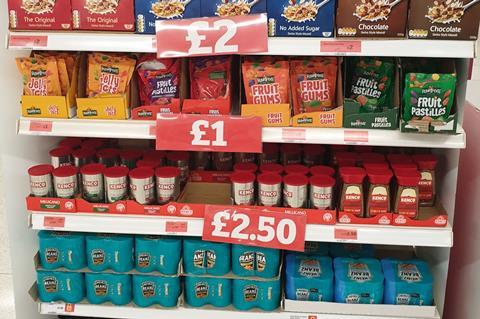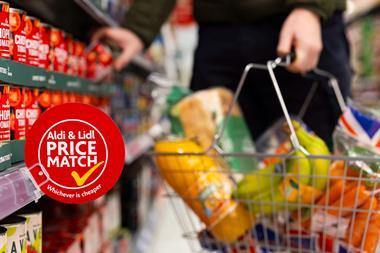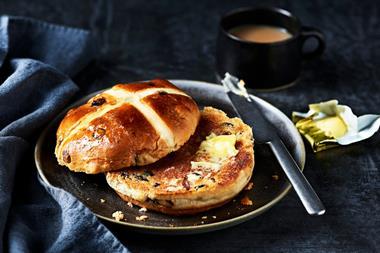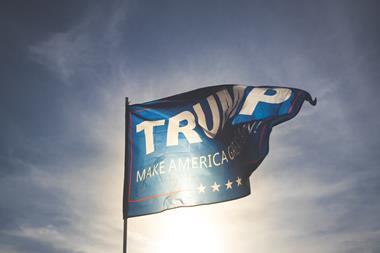
Out of the frying pan and into the fire. It might seem unfair that, so soon after facing unprecedented challenges during the pandemic, the grocery sector is yet again on the frontline of more national economic disruption: the cost of living crisis.
As shoppers start to feel their purse strings tighten, they will naturally want to control budgets. But for much of the grocery industry this is nothing new. Globally, 54% of people have seen their income decline since 2020, and 70% say they’re more sensitive to price than they used to be.
The natural temptation for brands is to cut costs to keep prices steady and maintain market share in the short term. But knee-jerk thinking is not how good businesses respond to hardship. Cheapening products has a long-term effect on how they are perceived and how they perform.
Market fluctuations are part and parcel of this industry, and consumers are smart. People don’t want the cheapest products, they want the best value. Manufacturers have to be prepared to justify increases by demonstrating that value – something that relies on investing in strong brands and good communication.
Know your worth
Perception is everything and brand owners must understand how they are likely to be viewed when developing a new pricing strategy, particularly compared with competitors.
The key balance is between how much a brand is perceived to cost and what buyers think it is worth. Our research shows there is a clear correlation between the strength of a brand and the price increases shoppers will accept. The outlook is mixed – analysis of 44,000 brands in our database shows 34% are currently not in a position to go north of their price point without alienating target consumers.
It’s important to stress that you don’t have to have a high-end proposition to justify elevated prices. Your premium can be based on being accessible, or an indispensable favourite. Household names like Heinz – which has nurtured a positive, grounded image over many years – and Dove, with caring and sensitivity at its core, both have headroom to charge more than average for their categories based on our research. It shows luxury isn’t a prerequisite, but a strong and distinct brand most certainly is.
A long-term mindset
As with most things that are worth getting right, it is really important to take a long-term view. Price cuts squeeze margins, and low margins mean cutting corners. From that point, it’s always innovation that suffers most.
But innovation is a brand’s best weapon, especially in response to changing market conditions. Without it, a brand cannot separate itself from its rivals nor capitalise on its opportunities. And a lack of new products and offers makes it harder for low prices to be upped again once the economic outlook improves, so a short-term problem quickly becomes a downward spiral.
The next step is a vicious circle – those who fail to differentiate are more likely to lose volume sales in inflationary periods, further restricting profit that could have been reinvested.
For grocery brands, both retailers and manufacturers, much of the past two years has been about supporting shoppers during difficult times while ensuring the sector itself remains profitable. The message is the same here – an increased cost of living means consumers start to feel the pinch, but slashing prices indiscriminately isn’t the way to help.
Businesses need to back their brands as a way to reinforce the value of what they’re selling, and avoid a price war that diminishes margins and helps no one.



















No comments yet